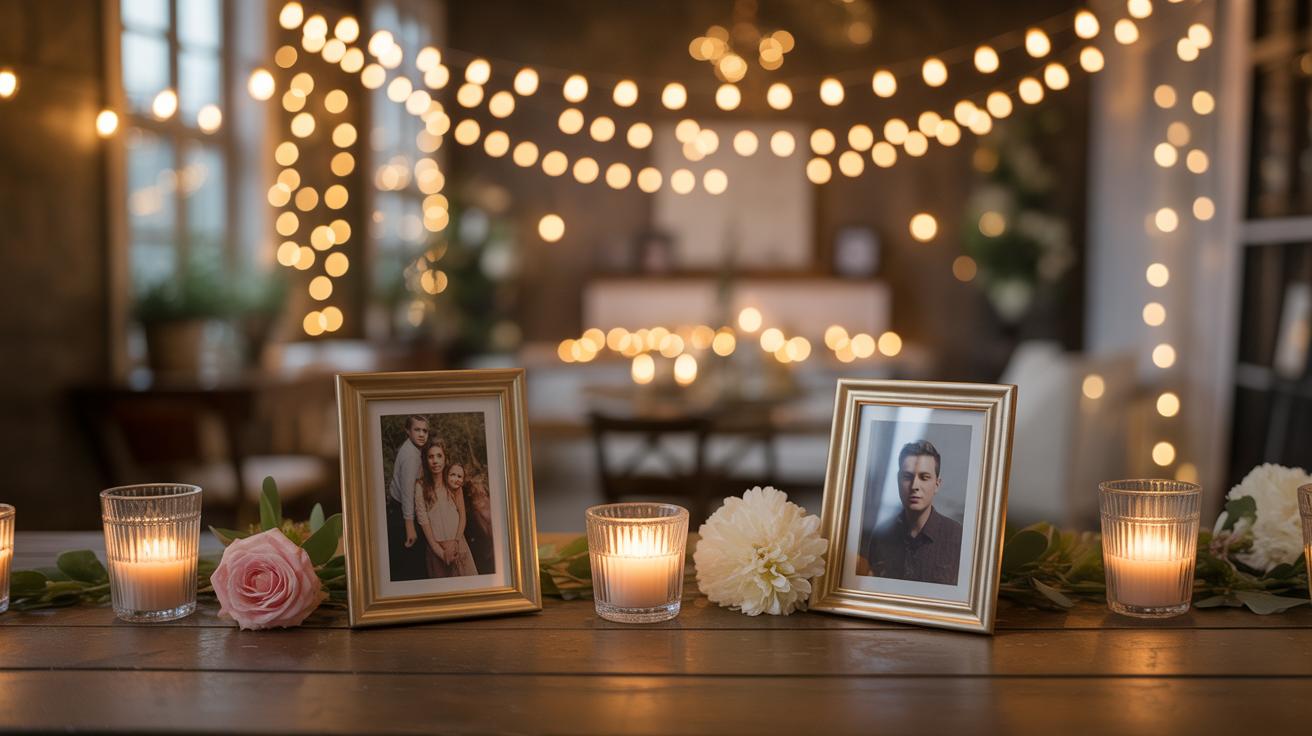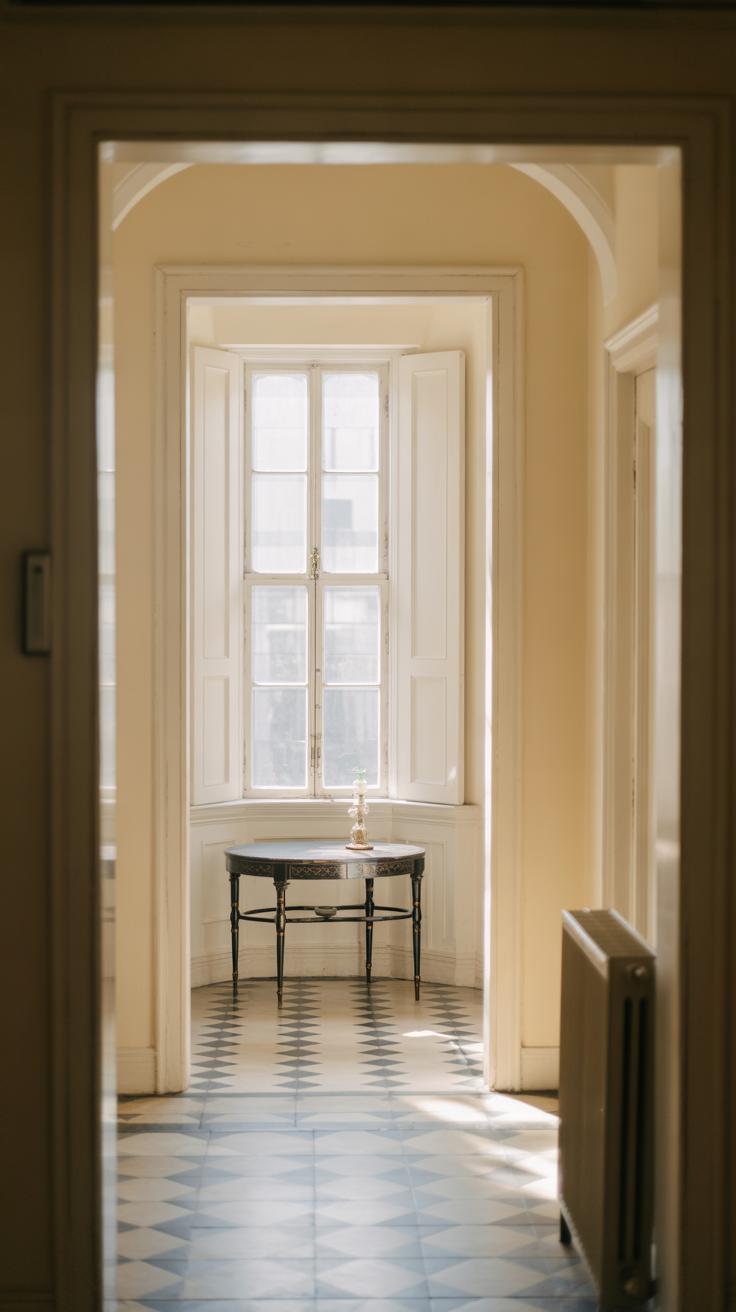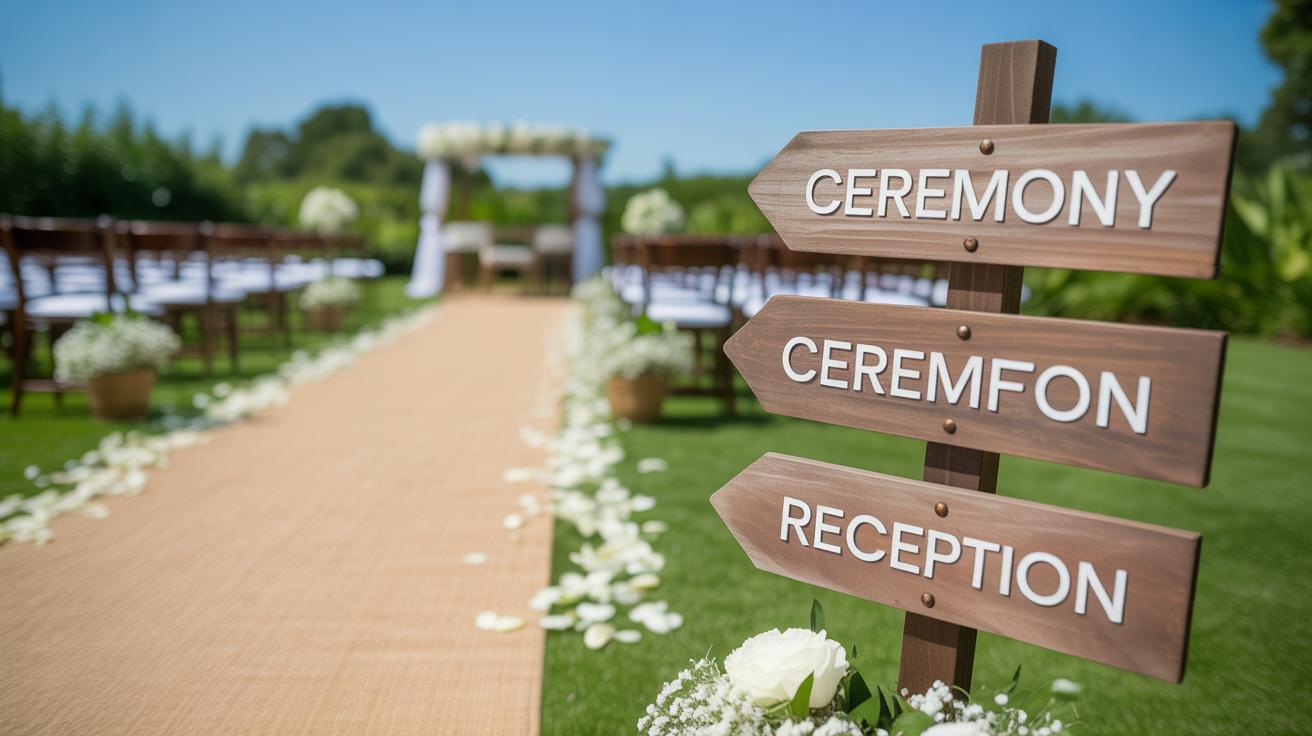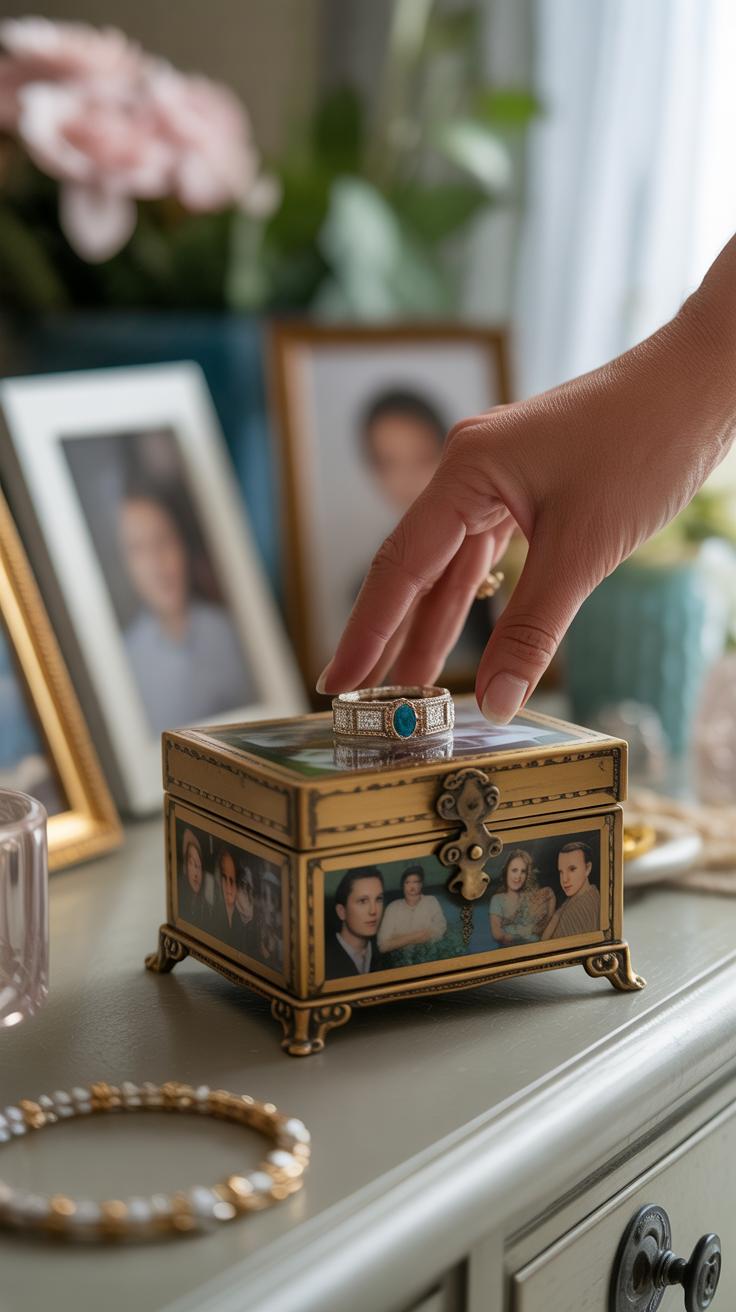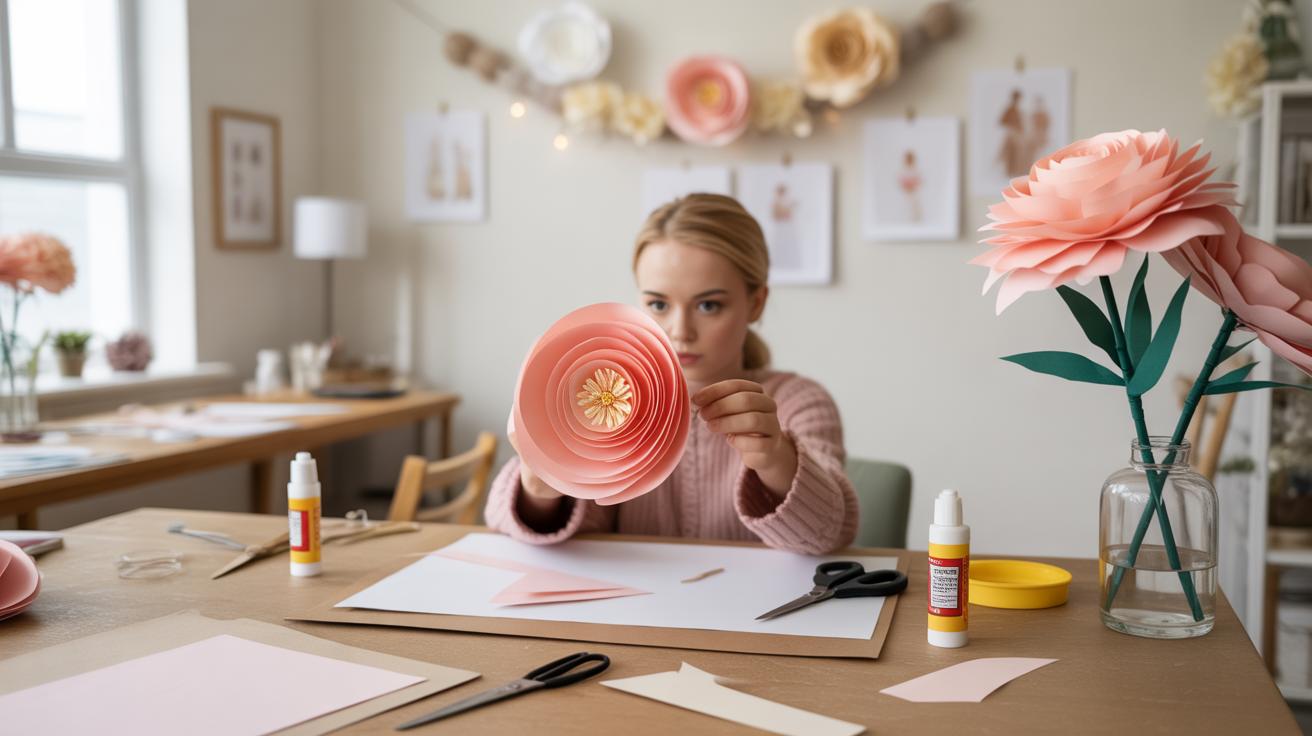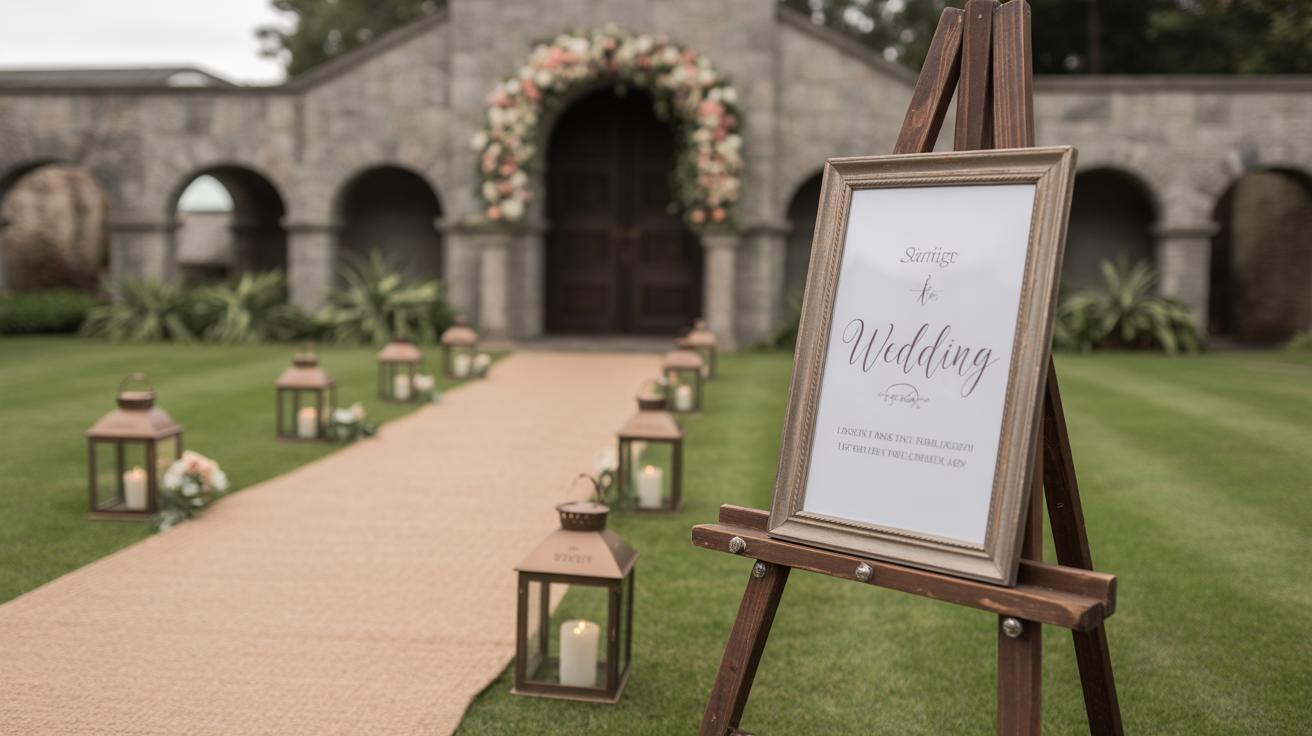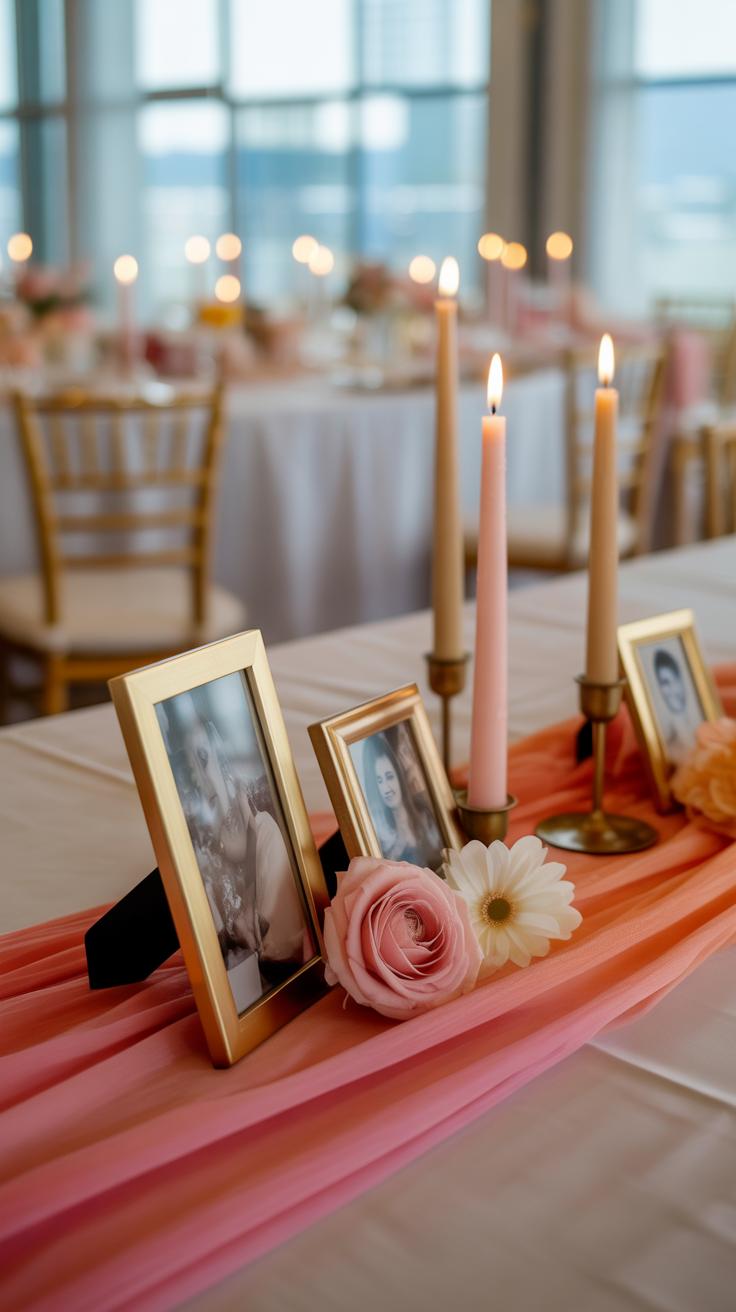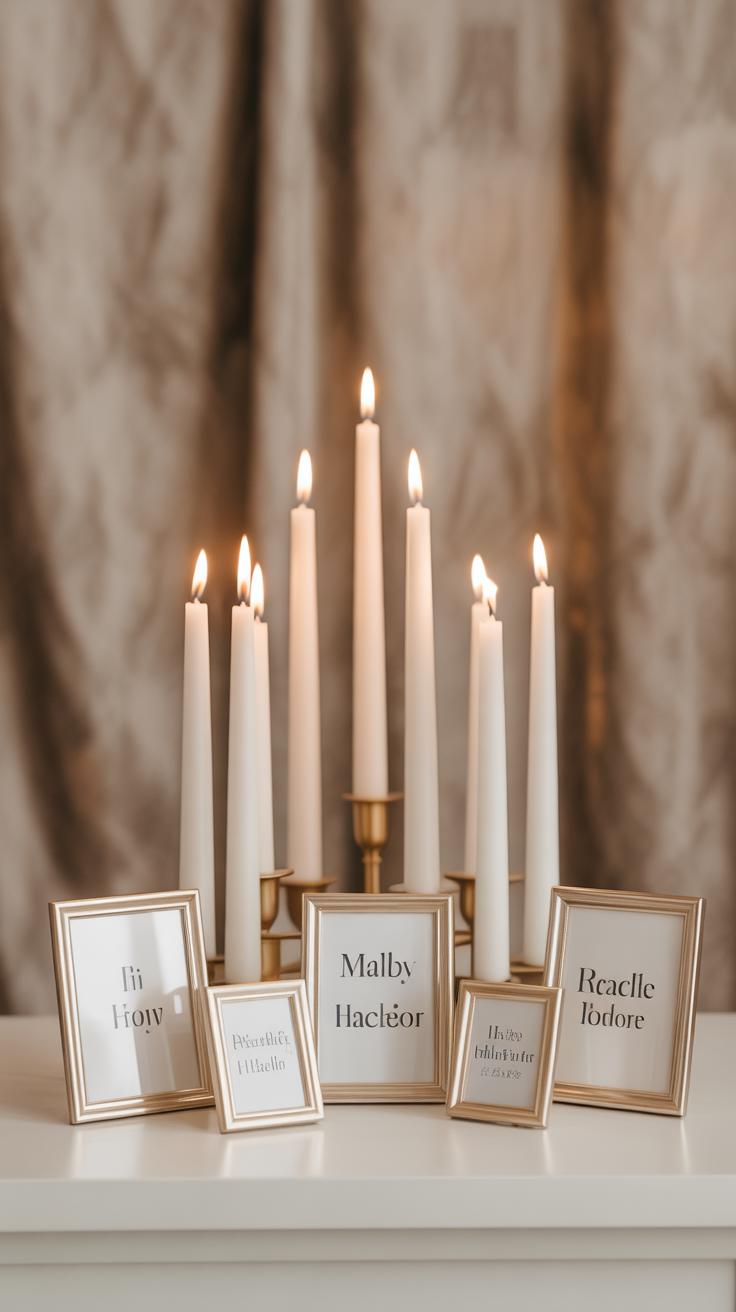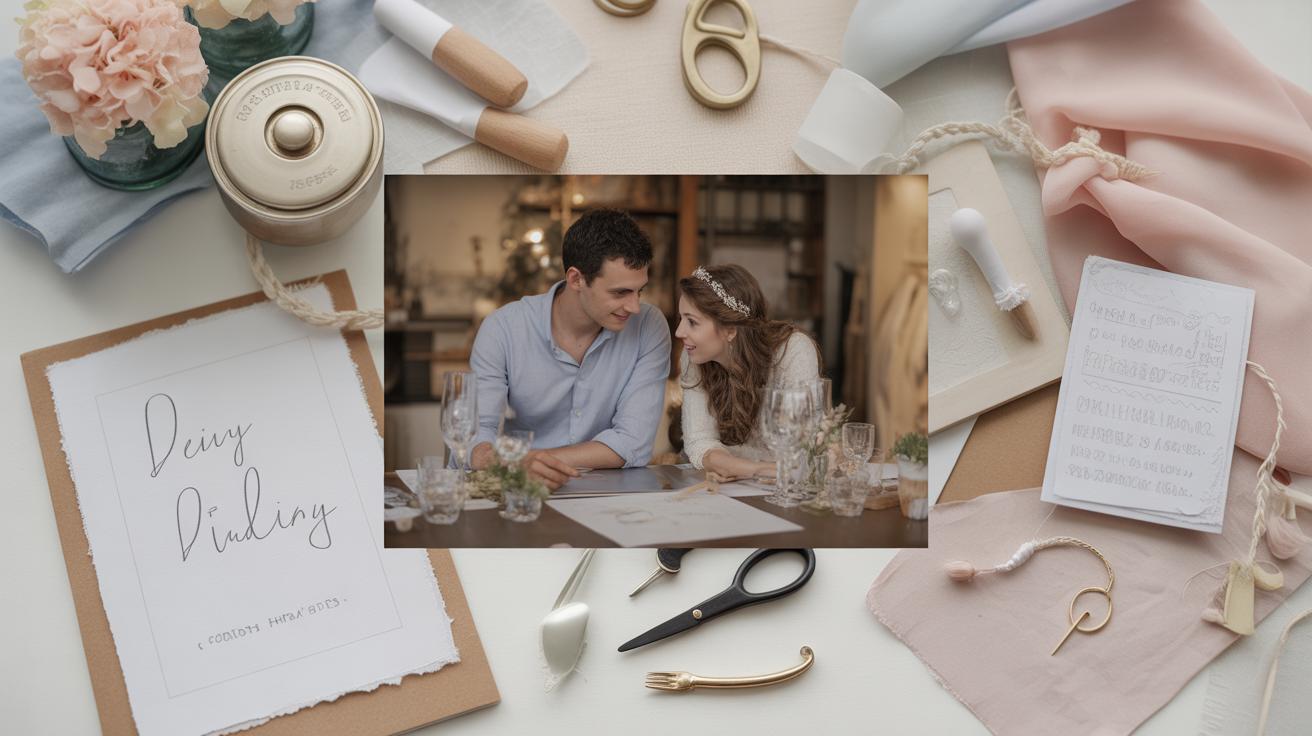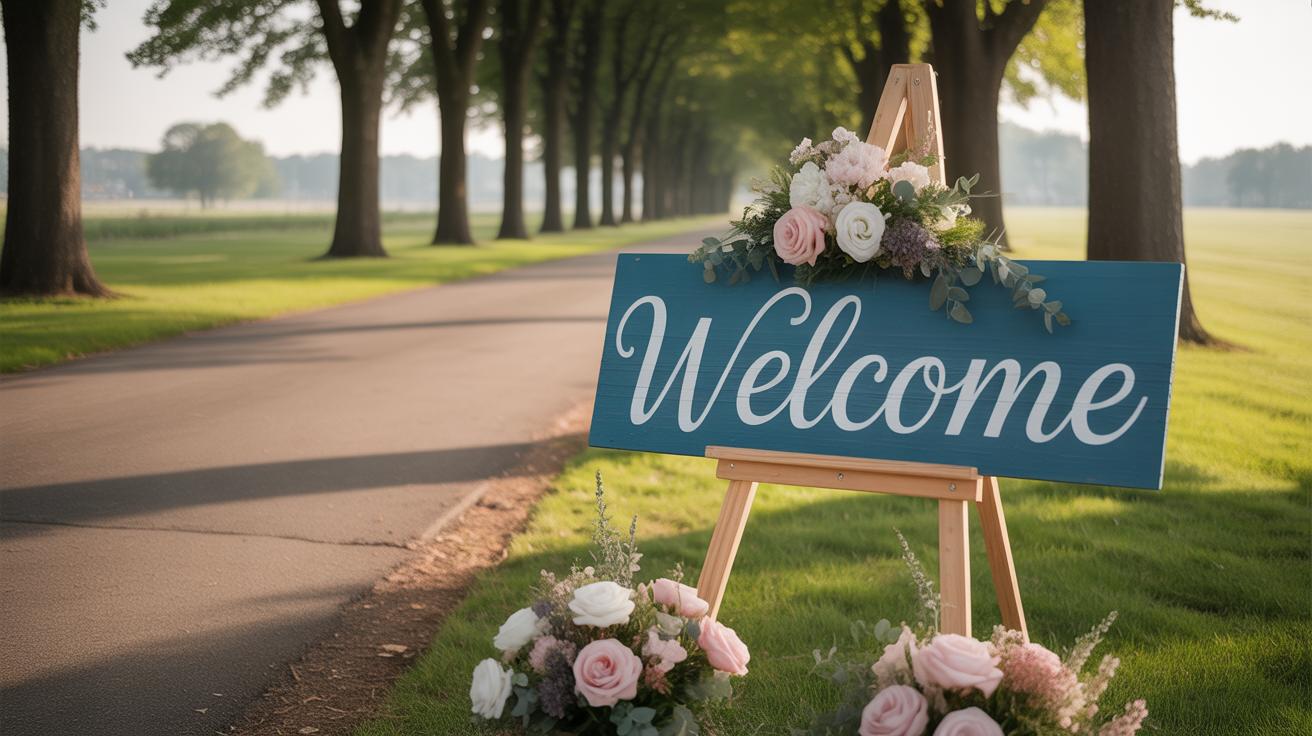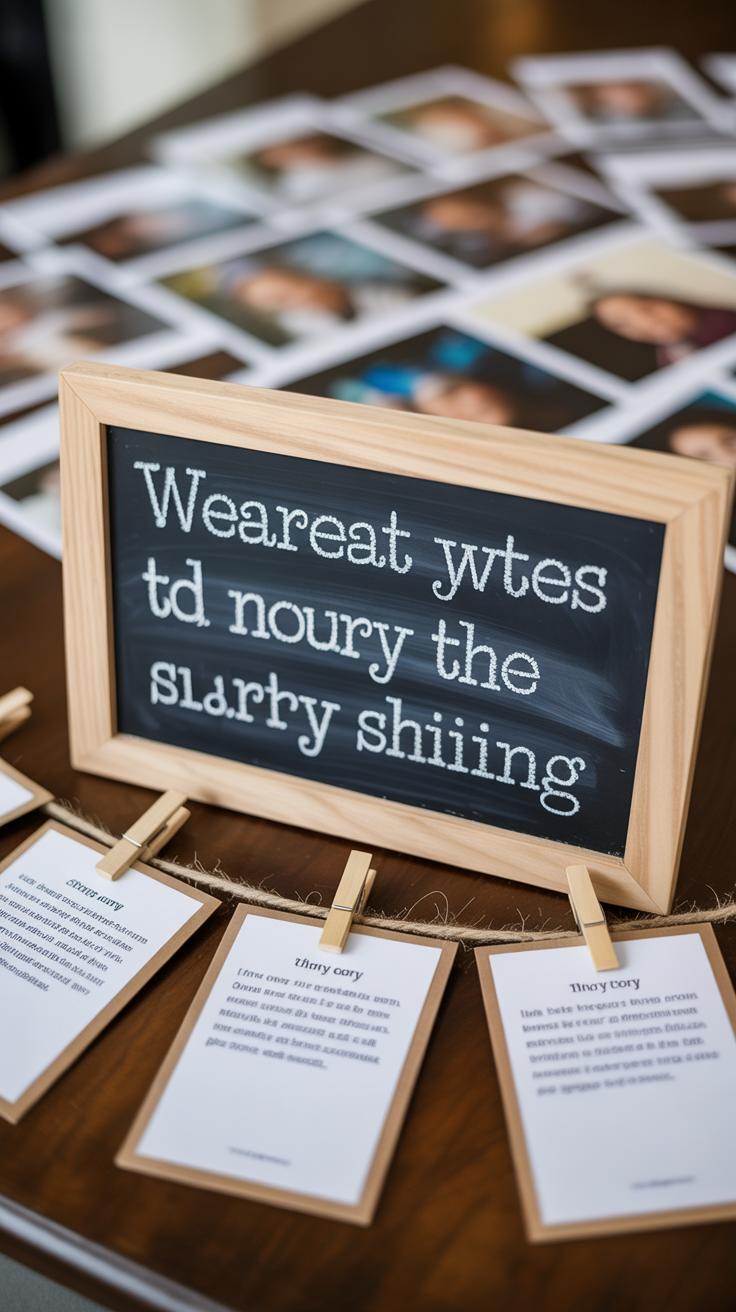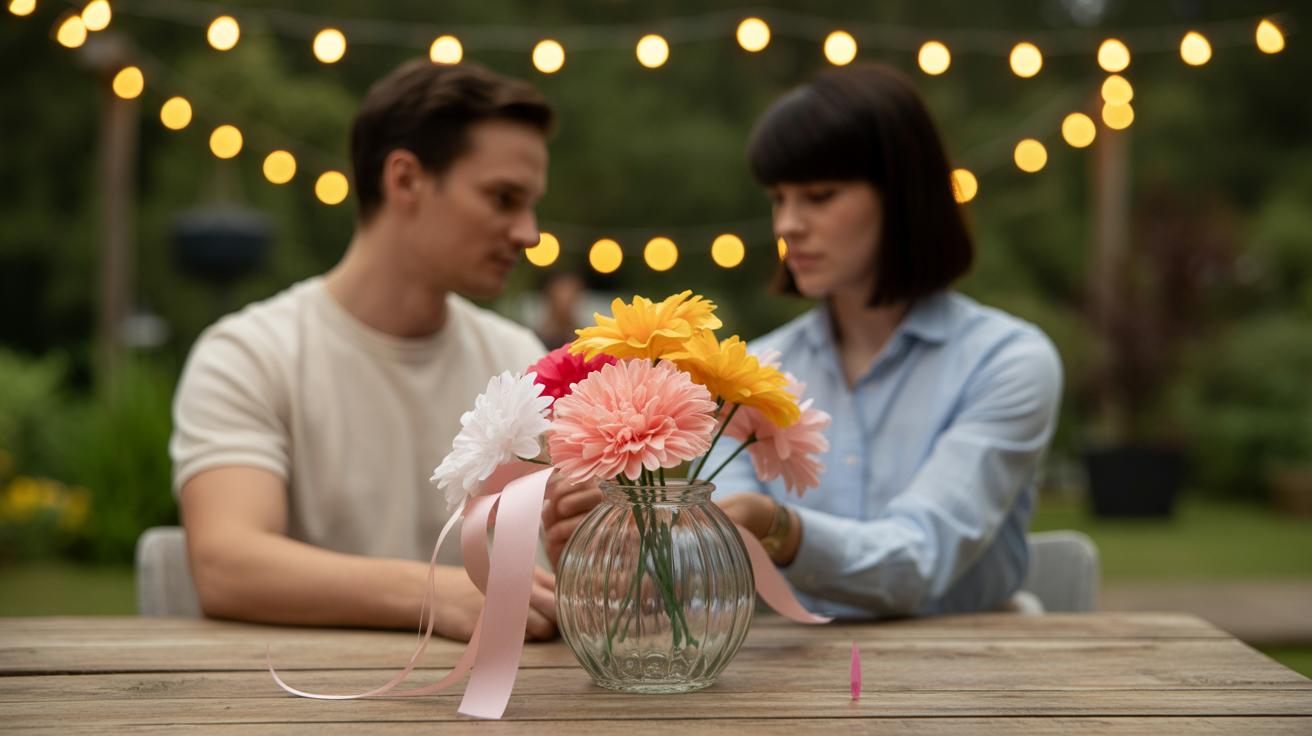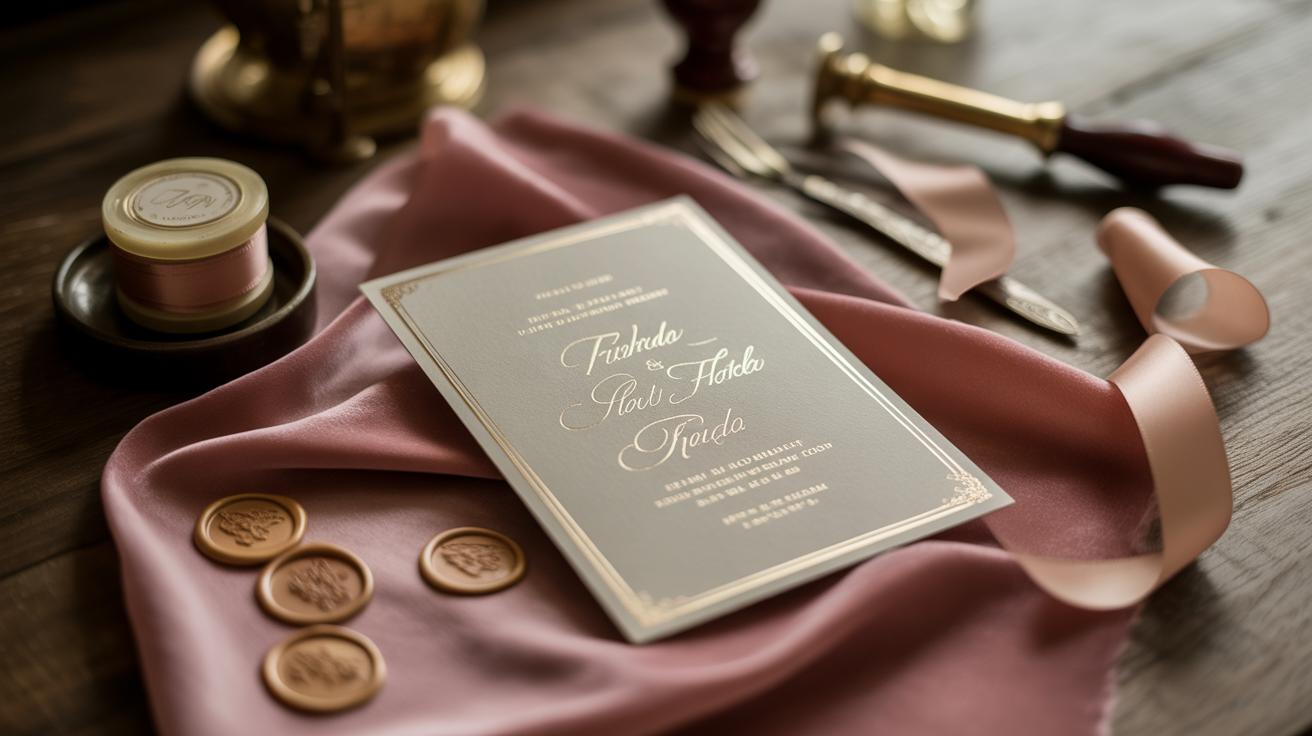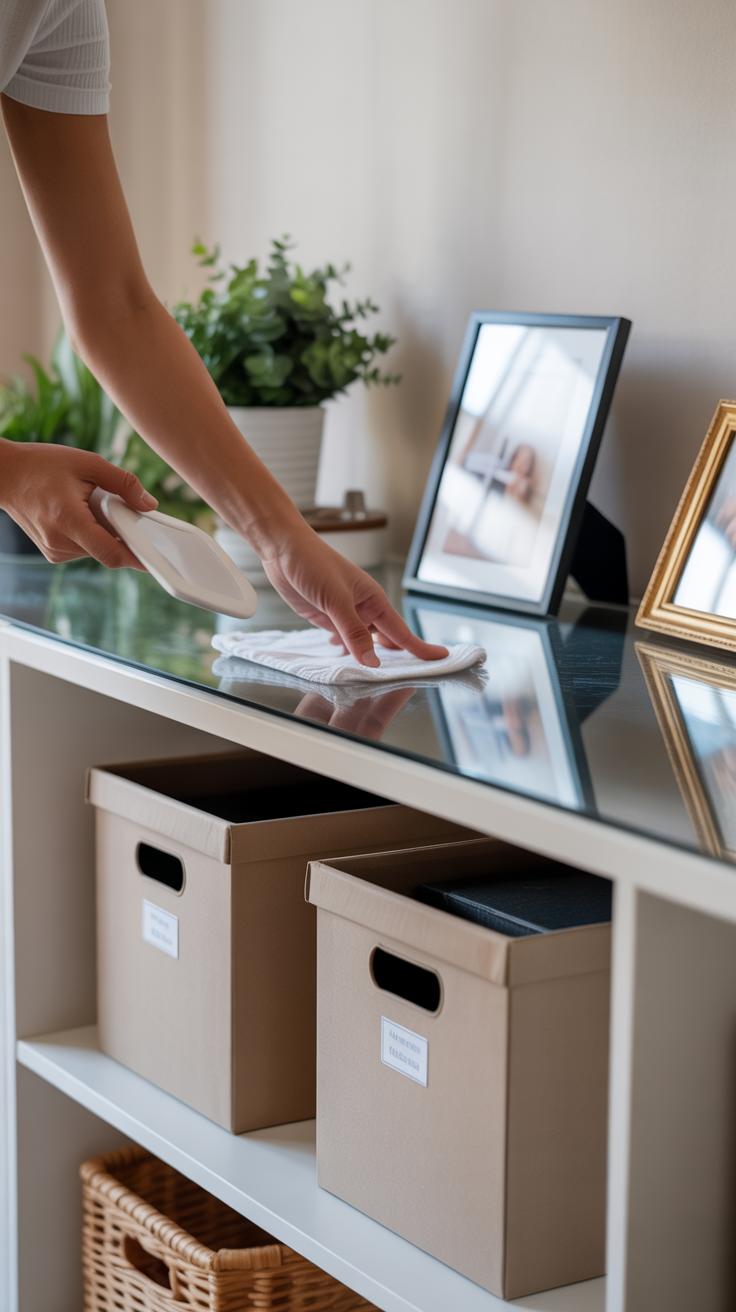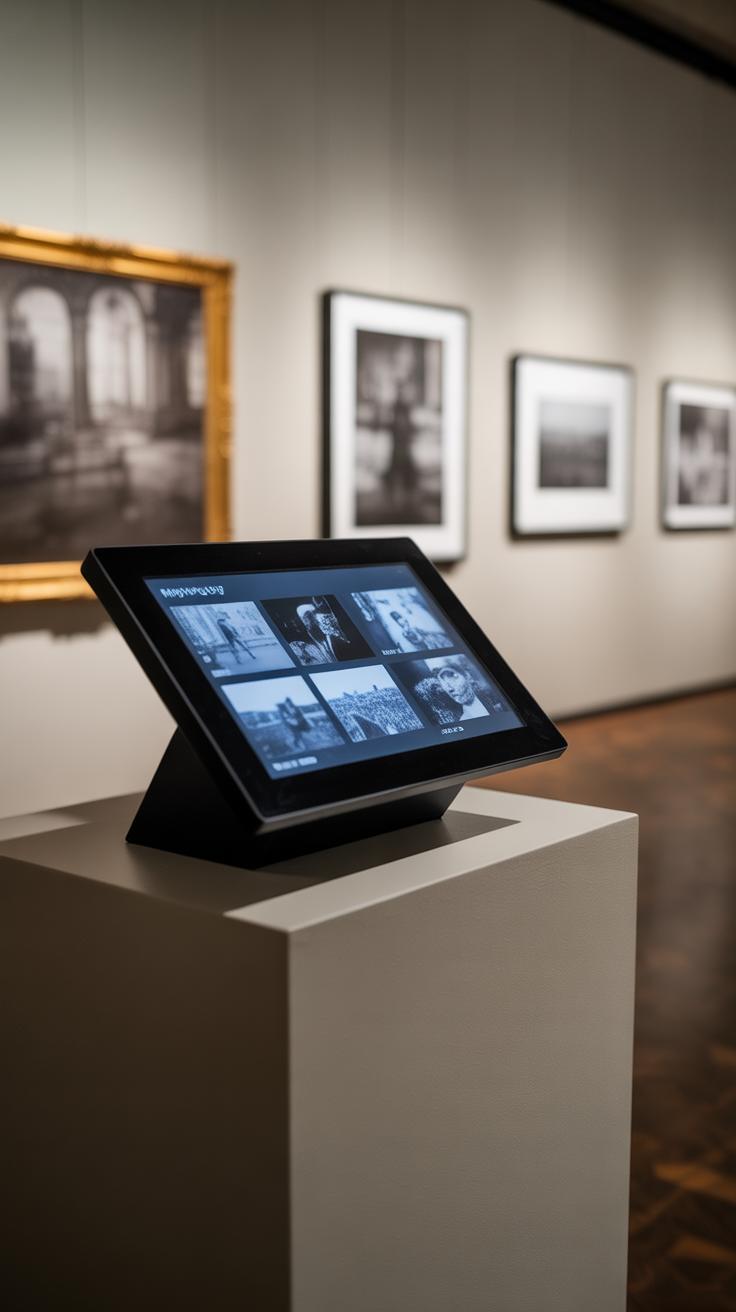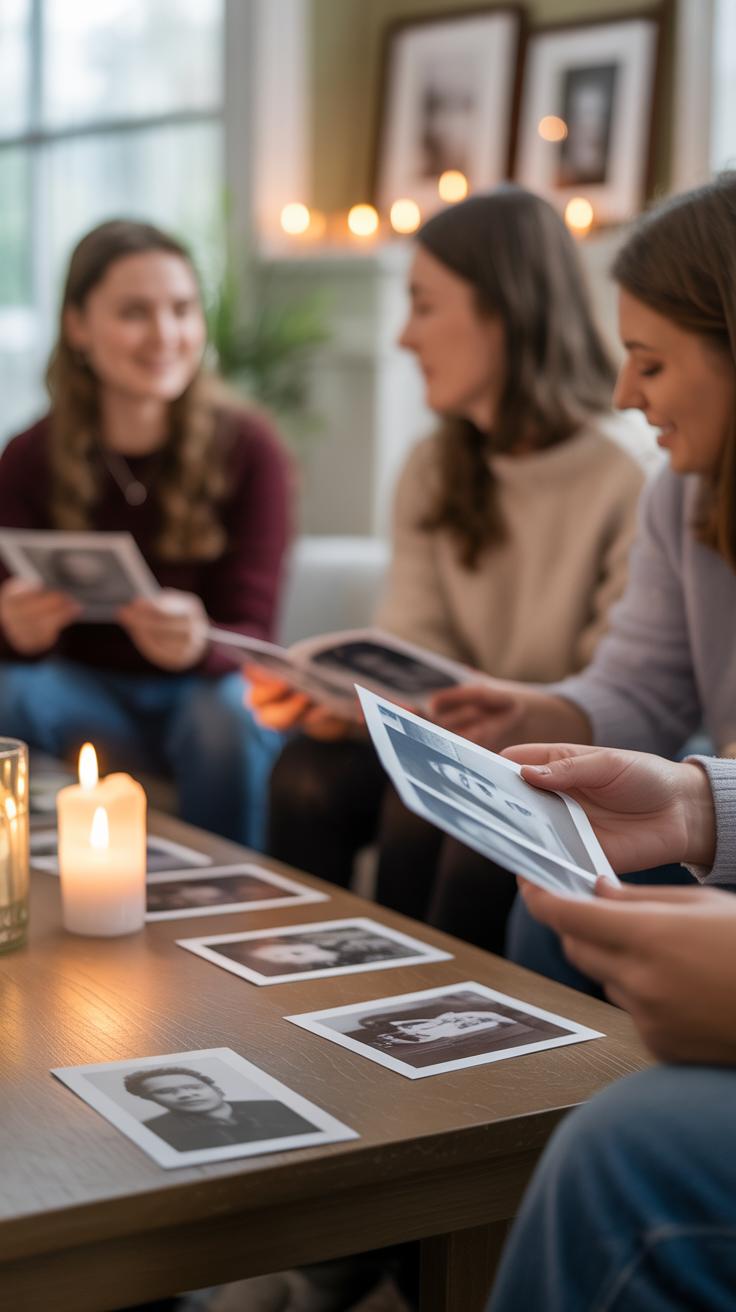Introduction
Memory tables bring a special way to remember and honor loved ones. They hold pictures, mementos, and stories that tell the tale of a life cherished. A well-planned memory table can create a quiet space for reflection and connection at events like memorials or family gatherings.
In this article, you will explore heartfelt memory table ideas. You will learn how to design and personalize your memory table. These simple steps will help you celebrate your loved ones in a way that feels right to you. Let’s begin this journey to honor memories with hands-on tips and meaningful ideas.
Choosing The Right Location For Your Memory Table
Picking the perfect spot for your memory table takes a bit of thought. You want a place where the table feels invited, not just squeezed in. Think about where people gather naturally—that way, the table isn’t just seen but actually noticed. You don’t want it hidden away in a corner or stuck behind a door where few will wander.
Visibility matters. A memory table set up near the main entrance or next to the refreshments can catch more eyes. It quietly invites guests to pause, reflect, perhaps even share a story. I’ve noticed at gatherings that when a table sits in a high-traffic area, it becomes a natural stopping point, almost like a small shrine people instinctively honor.
Of course, accessibility can’t be missed. A table that’s too high, too low, or crammed among other furniture can discourage interaction. Keep the space clear so everyone—from kids to elders—can approach without trouble. Sometimes I think we overlook how simple gestures, like leaving enough room to walk comfortably, can make a big difference in creating a respectful, open atmosphere.
Creating that respectful tone also depends on the surroundings. You might want to avoid noisy or overly bright spots that distract or make reflection awkward. A calm, well-lit area—natural light works well—tends to set the right mood. But then again, some find dimmer lighting comforting, so maybe there’s no one-size-fits-all answer here.
Where would you instinctively stop and look? Try to place your table there. That way, your memory table becomes more than decoration; it becomes a part of the event, part of your home’s heartbeat.
Selecting Meaningful Items To Display
Choosing what to put on a memory table isn’t always straightforward. You want items that truly represent the person, things that spark memories—not just objects that seem appropriate. Think about photos that capture genuine moments rather than staged smiles; those quick snapshots can tell stories better than polished portraits.
Belongings hold power too. Maybe it’s a worn-out scarf they loved or a favorite book they always carried around. Handmade crafts, especially if they made them themselves or received them as gifts, add a layer of personal history that’s hard to replace. These pieces often carry stories you might forget until you see them again.
Try asking yourself: does this item remind you of a particular story, a laugh, or even a silence that spoke volumes? If not, maybe it doesn’t belong on the table. Selecting pieces with personal meaning can create an emotional connection that feels immediate and real.
Photos And Keepsakes To Evoke Memories
Photos freeze moments, sometimes small and quiet, sometimes bursting with joy or sadness. When placed among personal objects, they help people remember the texture of a life lived. You might notice that certain keepsakes—say, an alarm clock or a pair of glasses—make memories more tactile, almost as if you could reach out and touch a moment in time.
These keepsakes often invite people to pause, triggering recollections that words alone might miss. I once saw a memory table where a simple fishing lure stood out, and it sparked stories that hadn’t been told in years. Those tactile connections matter more than you might guess at first.
Incorporating Handwritten Notes Or Letters
Adding handwritten notes or letters can deepen the feeling on your table. Whether these are letters the loved one wrote or notes others have left reflecting on them, they carry an intimacy that photographs or objects can’t quite capture. The act of reading a personal message, in the original handwriting, pauses time and pulls you into a private conversation.
Sometimes these notes reveal sides of the person you hadn’t considered, making the memory table feel more layered, more alive. It also invites others to contribute, sharing their own words and stories, turning the table into a living tribute rather than just a display.
Creating A Theme For The Memory Table
Choosing a theme for your memory table can bring a sense of unity to all the items laid out. When each piece connects through a clear idea or feeling, the table tells a more coherent story about your loved one. It’s easy to scatter different mementos without a thread, but a theme gently guides which items belong and which don’t. This can be helpful, especially when emotions run high and decisions feel overwhelming.
You might notice that a simple theme makes the whole display feel intentional and thoughtful. It’s not just a random collection—it becomes a portrait of what mattered most to your loved one. Sometimes, a theme brings back a stronger memory or even invites others to share their stories.
Themes Based On Hobbies Or Passions
One way to shape the memory table is by focusing on your loved one’s interests. If they loved gardening, imagine including small pots, seed packets, or a favorite pair of gloves. For someone who was musical, you could display sheet music, instruments, or concert tickets. Sports fans offer plenty to work with—jerseys, balls, or photos from games.
This approach tends to bring out the personality behind the items. Seeing a hobby represented might even surprise you, revealing quirks or lesser-known passions. It does make you wonder: Which passion defined them most? Sometimes, it’s clear. Other times, not so much—and that’s okay.
Seasonal Or Event-Based Themes
Another way to create context is by linking your memory table to a season or a special event. For example, a winter theme could include cozy scarves, holiday ornaments, or snapshots from snowy days spent together. Autumn might inspire decorations like dried leaves or pumpkins, reflecting a particular time that held meaning.
Events work similarly: anniversaries, birthdays, or holiday seasons often carry strong emotional weight. Bringing those into your table can evoke memories tied to those moments. Yet, sometimes the season or event may feel limiting—like forcing a story where it doesn’t quite fit. Still, if you pick carefully, it can give your display an atmosphere that feels just right for remembering.
Arranging Items For Maximum Impact
When setting up a memory table, how you arrange items really changes the whole experience. You want people to notice everything but not feel overwhelmed. One trick is balancing size and shape carefully. Think of it like this: place taller objects at the back so they don’t block anything smaller upfront. A photo frame standing upright or a vase can act as a backdrop, giving depth to your display.
The smaller, more delicate items—like keepsakes, jewelry, or trinkets—belong at the front where they catch light and attention easily. This way, nothing feels hidden or lost.
Color also plays a big role in drawing the eye. A dark tablecloth can make brighter items pop, while warm tones invite comfort and calm. I once saw a memory table where a red scarf on the surface actually brought a quiet energy, almost like it was alive.
Try grouping items by colors that mean something or evoke mood—soft blues for peace, yellows for happiness, or greens for renewal. It doesn’t have to be perfect, partly because every eye picks up colors differently. But placing a splash of bold color near the center can naturally attract viewers without needing fancy arrangements.
In practice, you might start with your biggest item as a focal point. Then fill around it with a mix of shapes and heights. Don’t be afraid to leave little gaps—it helps the eye rest and prevents too much clutter.
Have you noticed how your own eyes move across displays? Sometimes things that seem random really work, just because they feel right to your memory or connection. That’s part of the subtle art here.
Adding Textual Elements To Share Stories
Sometimes objects alone don’t tell the whole story. Including written elements can add another layer of meaning and help visitors connect with your memory table on a deeper level. You might think a photo or item speaks for itself, but adding a few words can change the whole experience.
Clear name plaques or labels identifying each photo or object make it easier for people to understand what they’re looking at. Without labels, viewers might feel lost or unsure, so keeping these short and straightforward helps anchor the display. For example:
- Use simple nameplates with the person’s name and dates.
- Label a special item with its significance, like “Grandpa’s fishing lure from 1975.”
- Keep fonts readable and sizes consistent to avoid distractions.
Story cards offer more personal context and can bring your memory table alive. Writing brief anecdotes or little-known facts adds warmth and personality to each item. You could include:
- A funny moment linked to a photo.
- An explanation of why a keepsake mattered so much.
- A short quote or saying the loved one used often.
I found that these cards invite people to pause and linger a bit longer. Sometimes, visitors even share their own memories after reading them. Whether or not you choose to write long stories, a few thoughtful lines go a long way in making memories feel current and cherished.
Using Lighting To Enhance The Memory Table
Lighting does more than just illuminate your memory table; it shapes the mood and guides attention. It gently invites people to linger, to look closer at the items that hold meaning. Thoughtful lighting can transform a simple display into a space that feels warm and calm, encouraging reflection.
Soft Lighting For A Gentle Mood
Soft lighting options like string lights or lamps with diffused shades work well here. They cast a subtle glow without being overpowering. I’ve noticed how a strand of small fairy lights around the edge softens the whole scene, creating a peaceful vibe that almost makes the memories feel alive. You might want to experiment with warm white bulbs—they’re less harsh and more comforting. It doesn’t have to be perfect or overly planned; sometimes a few softly lit candles mixed in can add that unpredictable flicker that feels both spontaneous and soothing.
Spotlights To Highlight Key Items
If certain photos or keepsakes hold special significance, small spotlights can draw focus right to them. A battery-powered LED spotlight aimed just right can make an old photo or a cherished memento stand out from the rest. This kind of lighting helps tell a story—almost like highlighting the chapters you want people to notice. But be careful, too much brightness can feel clinical. It’s about balance—enough light to catch attention without drowning out the gentle ambiance the rest of the table creates. Trying different angles might surprise you with how much impact a simple adjustment has.
Involving Family And Friends In The Setup
Setting up a memory table can feel like a deeply personal task, but inviting family and friends to join can change the experience in unexpected ways. When you ask others to contribute items or help arrange the display, it creates a shared space for remembrance and connection. Suddenly, the table isn’t just yours—it becomes a collective tribute.
Gathering objects from different people brings variety and depth. Maybe your sibling has a photo you never saw or a small keepsake that tells a story you hadn’t heard before. Encouraging everyone to bring something meaningful doesn’t just fill the table; it layers memories, making the display richer and more nuanced.
Working together on the setup also shapes the mood. The conversations, laughter, or quiet moments while placing items can provide comfort that feels hard to find alone. Sometimes, it’s just the act of arranging these mementos side by side, sharing little stories or memories, that helps people start to heal collectively.
- Invite family members to bring personal items that reflect their own memories.
- Encourage stories behind each object to be shared during the setup.
- Let the decorating process be flexible—there’s no right or wrong way to arrange the table.
- Use this time together as a gentle way to reconnect and support each other.
Could involving others make the memory table feel more alive? Possibly. Or, sometimes, it may bring unexpected tensions—memories are complicated, after all. But it’s in those shared moments that something meaningful can emerge, even if it isn’t perfect.
Maintaining And Updating The Memory Table Over Time
After the first gathering or event, your memory table doesn’t have to stay as it is—actually, it probably shouldn’t. Memory tables reflect moments, but moments keep unfolding. Caring for the table means more than dusting off the surface occasionally. It means staying curious about what stories or objects might now belong there.
Cleaning And Preserving Items
Photos and keepsakes can fade or deteriorate faster than you expect. Simple actions help, like keeping the table away from direct sunlight to protect colors and materials. Wiping objects gently with a soft, dry cloth removes dust without damaging surfaces. For photos, placing them in clear, acid-free sleeves guards against yellowing and moisture.
If you use fabrics or paper-based items, avoid excessive handling to prevent wear. Every now and then, check for signs of damage. Don’t be afraid to replace frames or supports if they start looking tired—it keeps the display feeling cared for, which kind of honors the memory behind it.
Adding New Memories As They Come
The memory table can evolve naturally with time. Maybe you get a new photo, a letter, or even a small object that reminds you of your loved one. Bringing those in keeps the table alive instead of static. I find that adding stories written on little cards—the kind anyone can jot down anytime—makes the table feel interactive and current.
Ask yourself: what new experiences or recollections belong here now? It’s okay that the table changes shape or focus as your relationship with memories changes. It’s like an ongoing conversation. And sometimes, it’s those fresh additions that surprise you, giving the table a new layer you hadn’t thought of before.
Using Digital Memory Tables As A Modern Alternative
Memory tables have long been a way to honor loved ones, but with today’s technology, these tributes can take on new forms. Digital memory tables—using screens or online platforms—offer an interactive way to share photos, stories, and even videos that family and friends might not otherwise see. I’ve noticed, in some families, these digital spaces provide a wider reach, especially when people live far apart or can’t gather easily.
Creating A Digital Slideshow Display
Setting up a digital slideshow can be surprisingly straightforward. A simple tablet or digital photo frame can continuously rotate images and messages. You can create slideshows with free or built-in software on most devices—just gather your photos, maybe add some brief captions or quotes, and let it play. This ongoing display quietly invites people to pause and remember. It’s almost like watching memories come alive, one frame at a time. Sometimes, I think it feels more dynamic than a static table, though it might lack the tactile intimacy.
Sharing Memory Tables Online
Sharing these digital collections online opens up new possibilities. Platforms like private social groups or dedicated memory websites allow family and friends to contribute memories, photos, or even voice messages from wherever they are. To keep things secure, restricting access to approved members is key. That said, there’s a balance to strike—sharing digitally connects more people but might lose some sense of personal presence. Still, it creates a living archive, evolving with each new story added, and can be revisited anytime, anywhere.
Encouraging Reflection And Conversation Around The Table
The memory table can become more than just a display; it can be a quiet hub for conversation and thoughtful reflection. You might notice that when people stand around it, memories start to surface naturally—even if no one plans it. Setting a casual tone invites stories to flow freely, stories that are sometimes so small but mean a lot. It’s okay if moments get a bit emotional or even awkward. Those pauses often hold meaning, too. A few gentle prompts can help, without forcing anything.
Prompting Shared Stories And Memories
Try offering open-ended questions that spark memories, like:
- What’s a moment with them that always makes you smile?
- Did they have a habit or phrase that stuck with you?
- What was a surprising thing you learned about them recently?
- Is there a story that not many people know but you cherish?
- How did they influence the way you see the world?
Sometimes, a question like “What’s the first thing that comes to mind when you think of them?” can break the ice gently. Don’t worry if some guests are quiet; just having the memory table nearby can help people open up at their own pace.
Creating Space For Quiet Reflection
Arrange the table area so it feels calm and inviting—and not too crowded. A few comfortable chairs or a nearby bench can encourage someone to linger alone if they want. Soft lighting works well; maybe candles or warm lamps that aren’t too bright but don’t make things gloomy either. You might even include a small notebook for guests to jot down thoughts or memories if talking feels too much.
It’s okay if the space feels a bit informal, even a little unfinished—it can make people feel more at ease. Sometimes, silence around the table can be just what’s needed. The memory table doesn’t have to be a ‘performance’; it can simply be a gentle place to remember and feel.
Conclusions
Memory tables help keep memories alive. They turn moments into a lasting tribute that you can touch and see. Each item on the table tells a story and sparks reflection. Taking the time to create a memory table can bring comfort and joy amidst loss.
Remember, your memory table is a personal space. Use the ideas shared here as guides. Make your table as unique as the person it honors. In doing so, you create a special place where memories live on and hearts stay connected.

